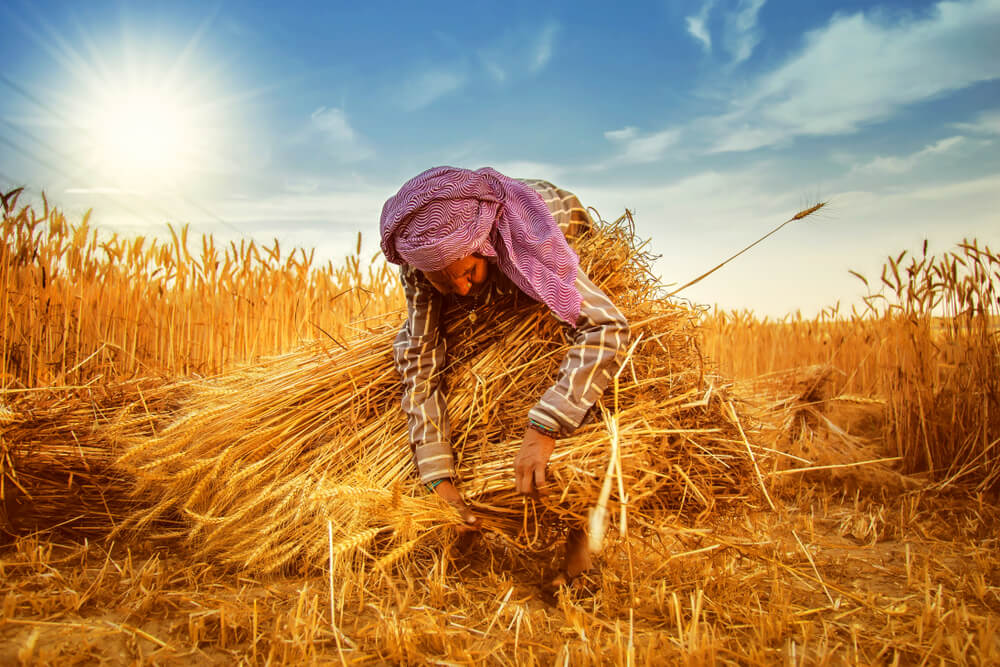Top wheat-producing nations are expected to bring lesser output during the year as coronavirus and geopolitical tensions singlehandedly manipulate the supply side.
Wheat price shed off 0.2% and steadied at $7.25 a bushel in the Chicago Board of Trade.
Recently, the US Department of Agriculture’s Foreign Agricultural Service lowered India’s production forecast to 105 million metric tons.
It earlier gave a projection of 107 million metric tons for the period covering April to May as early harvest reports undermine the numbers.
The country’s central and eastern states were early to clock in lukewarm production results, disappointing estimates despite the normal rainfall during the period.
On the other hand, industry groups noted that Indian farmers still have a shot of clocking in 109 million metric tons of the staple commodity this year.
For the record, the country’s farm sector accounts for 50% of India’s total labor force. This means that the government has to appease farmers before gaining legitimacy on their seats.
With this, the government is looking to procure the grain in large quantities and guaranteed prices to prevent any tension between the parties.
An agricultural plantation is imperative in the running of the country’s economy, especially that it feeds over a billion citizens across borders.
On the other hand, some locations could not operate at full potential as Covid-19 continues to wreak havoc in the South Asian nation.
Citizens are calling in for a nationwide lockdown in an attempt to curb the spread of the virus. Cases have now surpassed 20.6 million, raising concerns about the shortage of oxygen tanks and hospital beds.
Winter Wheat and Corn Movements
Meanwhile, in Australia, farmers are preparing to slash winter wheat production along with the extension of curbs from China.
Since last year, the two countries’ trade relations were tarnished by Australia’s alleged call for investigations on the origin of Covid-19.
The restriction affected Australian exports of barley, wheat, and canola, among others.
The Chinese duties are expected to linger for longer over the next five years and Aussie farmers are taking the right measures to mitigate further losses.
In an update on other agriculture commodities, CBOT corn futures are trading near an eight-year high as the supply outlook remains lukewarm.
Easing global supplies and rising demand for maize is driving prices further up forcing importers to shift towards lesser priced alternatives.
Analysts noted that the market should be expected the trend to stay for the long haul as Brazil’s production does not give any hint of recovery.
















